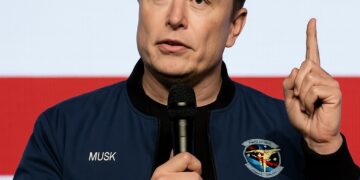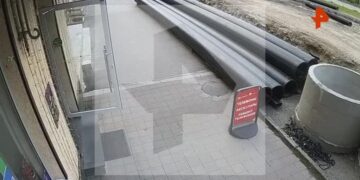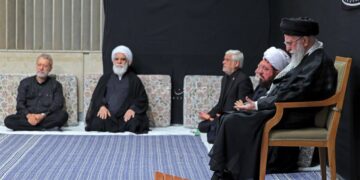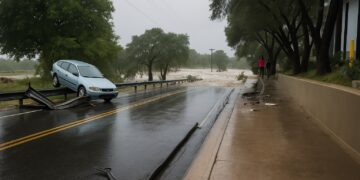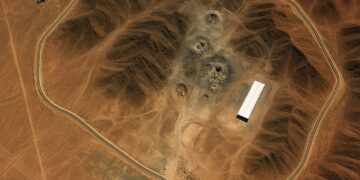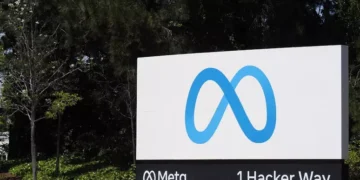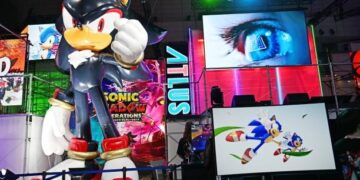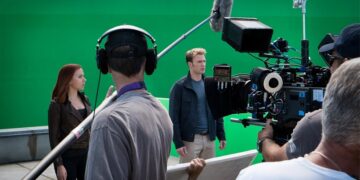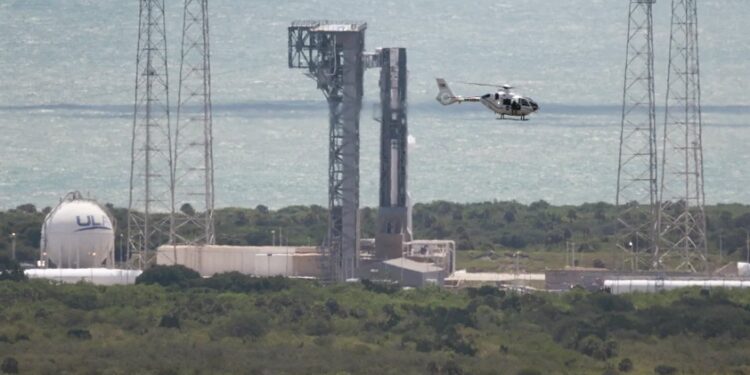Aiming for the stars, Boeing’s highly anticipated takeoff of the Starliner spacecraft faced a setback as a technical glitch forced NASA to call off the launch just moments before liftoff on June 1st. The cancellation, attributed to a ground launch sequencer issue, underscored the complexities and challenges of space exploration.
Ground Launch Sequencer Glitch:
The abrupt halt in the launch sequence, occurring a mere four minutes before the scheduled liftoff, was attributed to a ground launch sequencer problem that impeded the rocket’s readiness for departure. Program manager Steve Stitch acknowledged the issue, emphasizing the proximity of the launch before the unforeseen setback.
Uncertainty and Rescheduled Attempts:
The identification of a potential hardware or communication snag between critical computers raised concerns regarding the mission’s feasibility. United Launch Alliance’s president Tory Bruno highlighted the need to diagnose and address the root cause promptly. Should the technical dilemma be resolved promptly, Starliner could undergo a relaunch on the subsequent day; otherwise, rescheduled attempts are slated for June 5th and 6th.
Critical Mission Aimed at ISS:
The Starliner’s mission to transport NASA astronauts to the International Space Station (ISS) for the first time has been long-awaited, symbolizing a significant milestone in space exploration. Astronauts Butch Wilmore and Suni Williams, poised for the journey aboard the Starliner capsule atop an Atlas V rocket, were sidelined following the abrupt postponement.
Ongoing Challenges and Mission Setbacks:
This recent cancellation marks the second delay in the past month, further complicating an already protracted mission timeline. Previous hurdles, including valve malfunctions and helium leaks, have plagued the Starliner project, testing Boeing’s resolve and NASA’s patience.
NASA’s Dual Endeavors with Boeing and SpaceX:
NASA’s strategic partnership with Boeing and SpaceX in developing crew transport vehicles aimed at enhancing the ISS mission capabilities. While SpaceX has been successfully ferrying astronauts to the space station for four years, Boeing’s Starliner mission holds significant promise if operational challenges can be surmounted.
Boeing’s Redemption Quest:
Boeing’s commitment to proving the safety and reliability of Starliner is pivotal in its quest for redemption following prior setbacks. The success of this test mission is paramount for reinstating confidence in Boeing’s capabilities and solidifying its standing in the space transport sector.
Safety Concerns and Technical Revisions:
Safety concerns have been at the forefront of the Starliner mission, with meticulous inspections and revisions undertaken to mitigate potential risks. Addressing issues such as valve malfunctions, helium leaks, and parachute failures are instrumental in enhancing the spacecraft’s operational readiness.
Future Prospects and Collaborative Dynamics:
The collaborative efforts between ULA, Boeing, and NASA underscore the collective pursuit of space exploration advancements. As Boeing endeavors to rectify technical setbacks and streamline mission preparedness, NASA’s vision of incorporating dual transport vehicles for ISS operations remains a strategic imperative.
Path Forward and Optimism Amidst Challenges:
Despite the recent launch cancellation, the resilience and determination of the teams involved signal a steadfast commitment to overcoming obstacles and realizing the ambitious goals set forth for the Starliner spacecraft. As preparations recommence for the rescheduled launch attempts, the spirit of exploration and innovation remains undaunted.
The unfolding saga of Boeing’s Starliner spacecraft encapsulates the highs and lows of space exploration, highlighting the unwavering dedication, technical prowess, and collaborative spirit essential for charting new frontiers in the realm of space travel.

